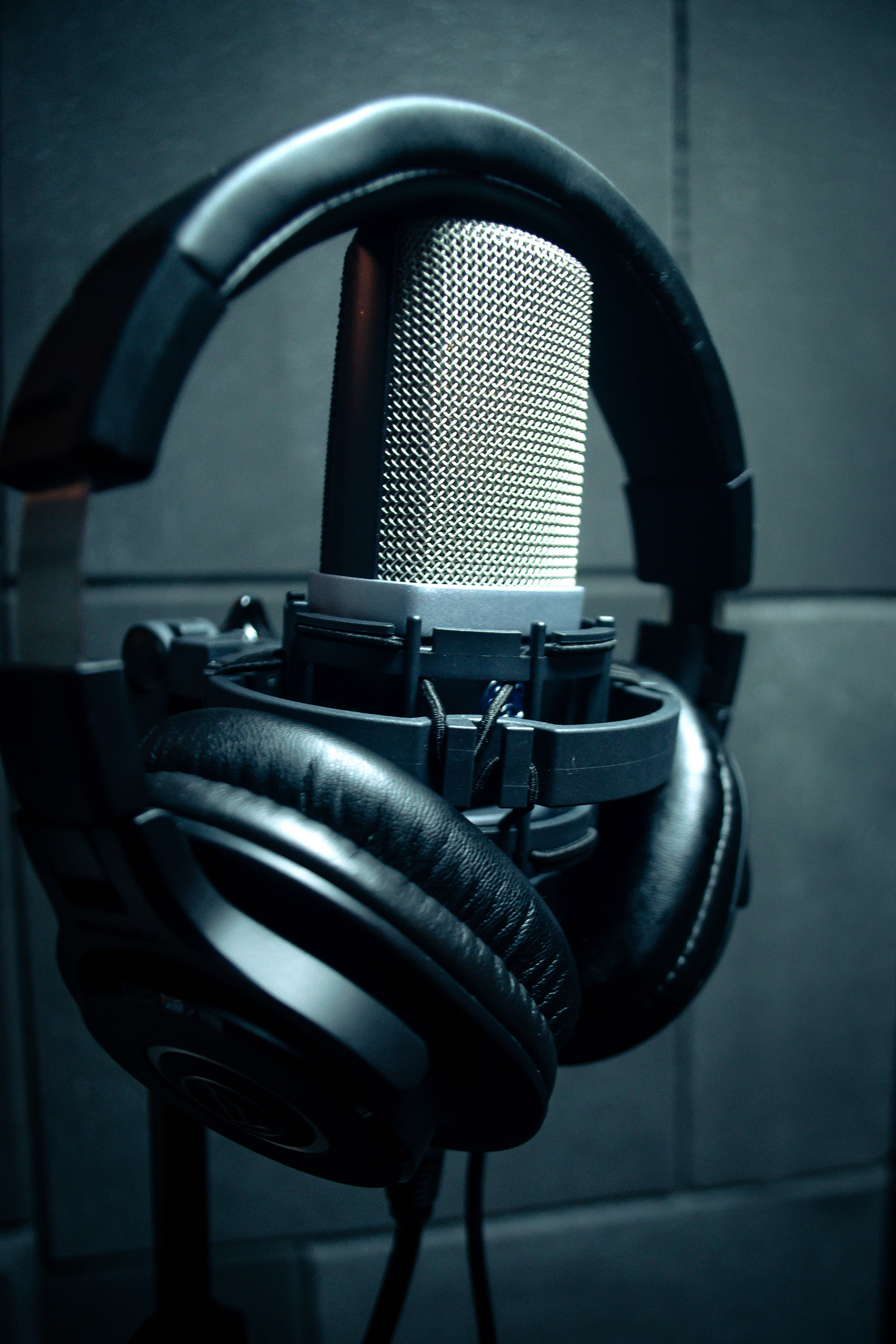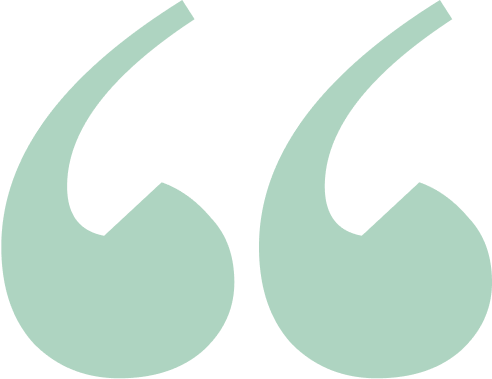
What is the difference between "Audio Description" and "Descriptive Video"?
Although different terms are used in different countries, the meaning is essentially the same.
Audio Description is a specialized service that makes visual media accessible to people who are blind and visually-impaired. It’s a secondary audio track with a narrator describing key visual elements that are inserted into natural pauses in the dialogue. The term Audio Description (also referred to as AD) is commonly used in the United States and other markets, including the United Kingdom, Australia, China, Europe, The Netherlands, Scandinavia, India, Korea and New Zealand.
In Canada, this process is known as descriptive video (also referred to as DV, Video Description, Described Video or Described nNarrative). The Canadian Radio-television and Telecommunications Commission (CRTC) defines descriptive audio as using a program host or announcer to provide a voice-over by reading or describing text and graphics that appear on screen, usually in information-based programming such as newscasts, weather reports, sports scores, and financial data.
What types of visual media can be described?
Television shows, feature films, mobile media, visual media on the web or at museums, plays and musicals can all include Audio Description.
What are the steps in the Audio Description process?
1. Descriptive Video Works requires the final version of your program or video, preferably with all titles and graphics. We can also work from a final picture-lock version if your deadline is tight.
2. A specially-trained AD writer is assigned to view your program or video and writes a script to describe key visual elements. Occurrences and durations of the descriptions are carefully timed to fit within pauses in dialogue.
3. We select one of our professional narrators to voice the script. The narration is recorded and inserted between the natural pauses in dialogue.
4. Our technician mixes the recorded narration with the original audio to create a secondary Audio Description track.
5. The Audio Described file is digitally delivered to you to meet your deadline.
6. Quality control checks are conducted at each step of the process to guarantee the gold standard in Audio Description.
What key visual elements are described?
A script is written to clearly and vividly describe key visual elements that a blind or partially-sighted person would otherwise miss, such as actions, clothing, facial expressions, settings and scene changes.
How is the narrator selected?
We carefully review your project and make the best selection from our professional voiceover team. We have a wide range of female and male specially-trained narrators with experience in radio, TV, film and stage. We choose a voice and tone that matches the genre and style of the video to ensure an engaging viewing experience.
How long is the turnaround time for Audio Description?
Our turnaround time is usually three to ten days, depending on the complexity and length of the video to be Audio Described. If you need a faster turnaround, we will gladly work with you to accommodate your needs.
How do viewers know which television programs are described?
Networks, broadcasters and subscription TV systems may provide information about the availability of programs with Audio Description on their websites or in program schedules.
How does a viewer watch Audio Description on television?
The secondary audio program (SAP) can usually be activated through your television’s remote control, or on screen for streaming services. When Audio Description is part of the selected program, it will be heard during the natural pauses in the program’s dialogue. For more instructions, check the user manual for your TV or receiver, or contact your cable company or subscription TV provider.
For more information on how to access description on your television, follow the link below to the American Federation of the Blind’s website where additional detail is provided.
http://www.afb.org/info/living-with-vision-loss/video-description/accessing-video-description/135
How is Audio Description accessed at a theatre?
Many theatres across North America have installed special equipment to include Audio Description with feature films. If a film is Audio Described, you can request a headset at the theatre that will deliver personal narration throughout the film.
What is closed captioning?
Closed captioning is a display of the audio portion of the program as text on the screen, giving accessibility to people with hearing disabilities.

Descriptive Video Works are an amazing partner. What I like about them is that they really care about their work and the work they do for the blind and partially sighted community. Not only that, but they are always on time and their quality is excellent. I have no hesitation in recommending them!
Simon C. — Language Services



Copyright © 2023
Opening entertainment experiences to people who are blind and low vision through audio description. On time. On budget. On target.
